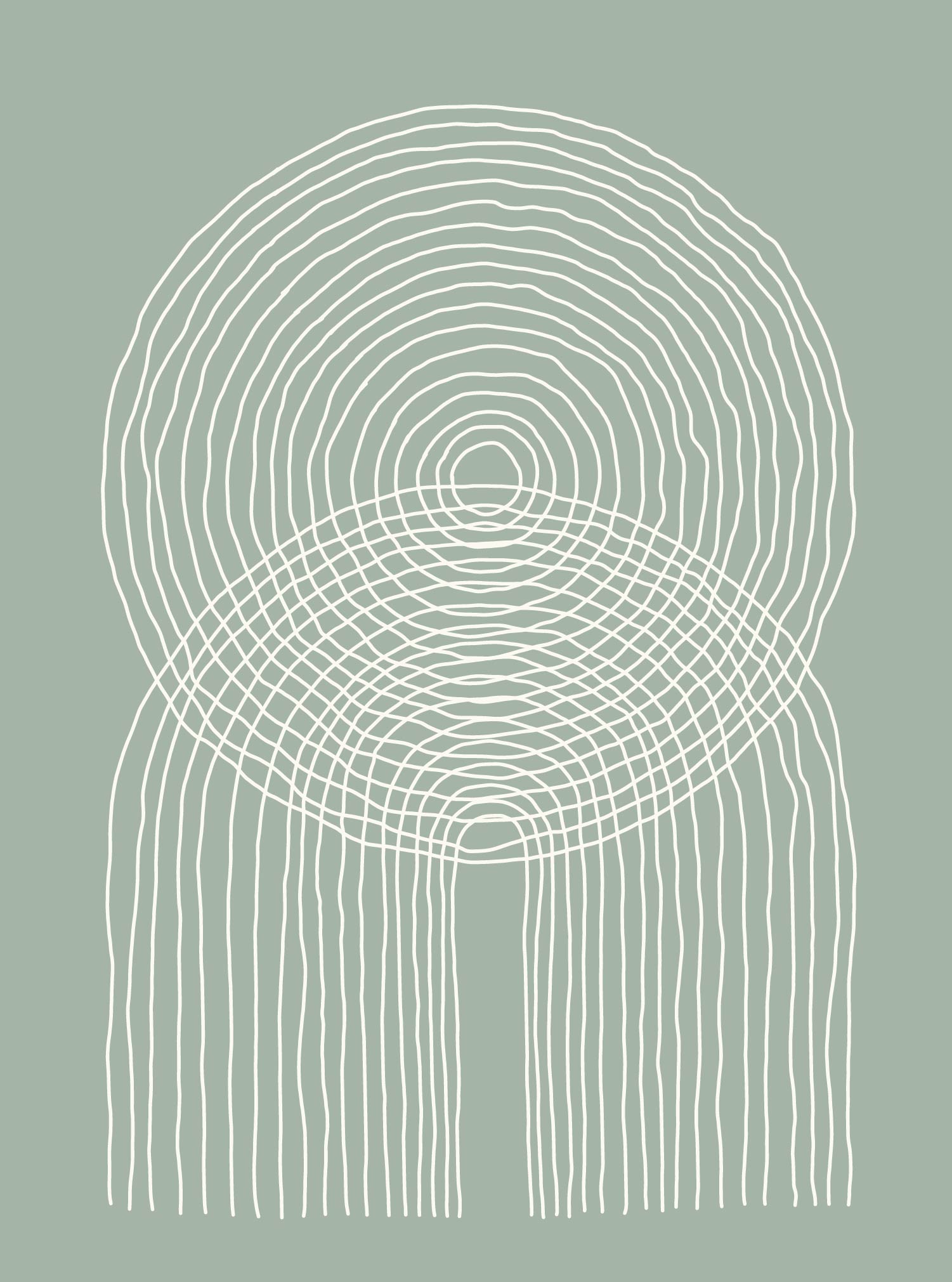Cognitive scientists identify two distinct modes of mind: the doing and the being modes. The doing mode is a problem-solving state of mind. The doing mind is associated with rumination, worry, anxiety and depression, thoughts of the past and future and desiring things to be other than they are.
In contrast the being mode is purposeful, grounded in the sensory experiences of the present moment. It faces difficulty and allows things to be as they are. Mindfulness practice can be understood as cultivating the being state of mind. In our everyday activities we are mostly engaged in the doing mode. Indeed, we have become efficient at operating in this way to meet the demands of modern life. In this mode our problem-solving abilities are called into play, and these are effective when dealing with situations where the logic of linear thinking is necessary. However, when a problem is non-linear, we need to summon our being mode. We can only support the being capacities of our brain with practice. The best way to do this is to incorporate a being mode while we accomplish the tasks of the everyday. In this way we can practice mindfulness in small, albeit frequent, doses. A little practice each day can be very powerful. A wonderful illustration of blending being and doing modes can be seen in the following extract from Michael Ende’s novel, Momo, where Beppo Roadsweeper explains how he does his job:
Sometimes when you have a very long street ahead of you, you think how terribly long it is and feel sure you’ll never get it swept. And then you start to hurry, you work faster and faster, and every time you look up there seems to be just as much left to sweep as before and you try even harder, and you panic and, in the end, you are out of breath and have to stop and still the street stretches away in front of you. That is not the way to do it. You must never think of the whole street at once, understand? You must only concentrate on the next step, the next breath, the next stroke of the broom, and the next and the next. Nothing else. That way you enjoy your work, which is important. And all at once before you know it you find you have swept the whole street clean, bit by bit. What’s more important is you aren’t out of breath.
Momo, Micheal Ende
Thich Nhat Hanh’s advice on carrying out a household task highlights a similar sense of mindfulness and enjoyment of the present moment.
Please see below a list of everyday mindfulness activities together with his :
- Washing the dishes: When we wash the dishes our automatic response is to wash them in order to have clean dishes and, while washing, we dream of the cup of coffee or tea we will have afterwards. The mindful way is to “wash the dishes to wash the dishes”. This means being totally present to the feeling in our hands, the smell of the detergent, the colors in the soap bubbles, the sensations of our feet standing on the ground, the movement of our hands, the sensations of our breathing, of what we hold in our hands, and watching the movement of the water. The intention is to pay attention to all of this without attachment to the future cup of tea or coffee. You can extend this to other simple tasks or rituals, such as: making a cup of tea, putting on hand cream, mindfully eating a light meal or piece of fruit, brushing your teeth, listening to someone, or watering the plants.
- Cloud Watching: Pick a cloud in the sky, or anything you can watch in your surroundings, and just watch it for one minute.
- Mindful Listening: Choose a piece of music and listen to it with your full attention very carefully. However, don’t get lost in the music, but continue to be aware of your body and breathing.
- Box Breathing (*): Visualize the four sides of a box. Breathe into a count of 4 while focusing on the first side. For the second side, hold your breath for 4. Breathe out for 4 on the third side and hold your breath for the same count on the final side. Continue from the beginning and repeat as often as needed. Adjust counting to 4 as necessary for your own comfort, keeping the same count for each side.
- Counting The Breath (*): Breathe in and breathe out. Say the number 1 to yourself at the end of the outbreath. Repeat, saying the number 2 after the outbreath. Continue this until you have reached 10 and begin again from 1. If you become lost in your thoughts and forget to count, gently bring yourself back to 1 and continue the practice for a few minutes. If you prefer to visualize a word or image, rather than a number, at the end of the outbreath, feel free to do this instead.
- Gratitude: Think about a few things you are grateful for in your life and write them down.
(*) For all breathing practices, breathe naturally and if possible, through the nose.
References
Mindfulness, Depression and Modes of Mind , J. Mark G. Williams
Momo, Micheal Ende
The Miracle of Mindfulness, Thich Nhat Hanh







